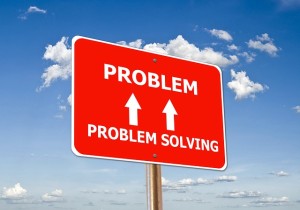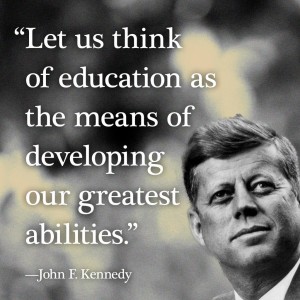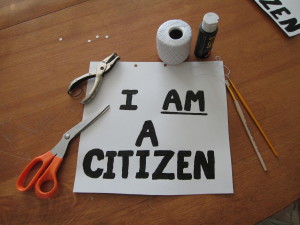The truth: Some places do a better job educating children than others.
So what do we really need to do to improve the quality of education for those schools in need of improving? Must we go the way of lawsuits? Can’t we settle this matter, finish this fight over education reform, like civilized human beings?…..We haven’t seen that so far.
[The following is a modified excerpt from The Crucial Voice of the People, Past and Present ©2012]
As the result of a lawsuit against the state of Massachusetts, a ruling was made that “all children must get an adequate education” and their 1993 Education Reform Act was created.
The goals were two-fold:
(1) to equalize funding among districts, and
(2) to improve all student performance.
The state chose to use these instruments for change:
(1) increase state spending on education,
(2) create curriculum frameworks that set high expectations for student learning, and
(3) create student performance assessments aligned with the curriculum frameworks.
But there was something else very important to Massachusetts success, the process.
In section 3 of their law, they set up advisory councils in the following areas: early childhood education; life management skills and home economics; educational personnel; fine arts education; gifted and talented education; math and science education; racial imbalance; parent and community education and involvement; special education; bilingual education; technology education; vocational-technical education; global education; and comprehensive interdisciplinary health education and human service programs.
And the law specified “a reasonable balance of members,” that they should “be broadly representative of all areas,” and it described specifics for each advisory council.
Massachusetts used their available experts and a broad range of interested community members to form councils that established their success factors. It couldn’t have been easy. Democratic processes never are.
If we are to move forward with solutions —truly change, make progress, “reform”− we must keep in mind that…
“…commitment, accountability, and desired outcomes are more likely to be achieved if those affected by a policy have meaningfully participated in the formulation of the policy or practice.” Dr. Seymour Sarason (1919-2010)
To sustain improvement, leadership must understand, and take to heart, the concept of democratic decision-making.
The process matters!





